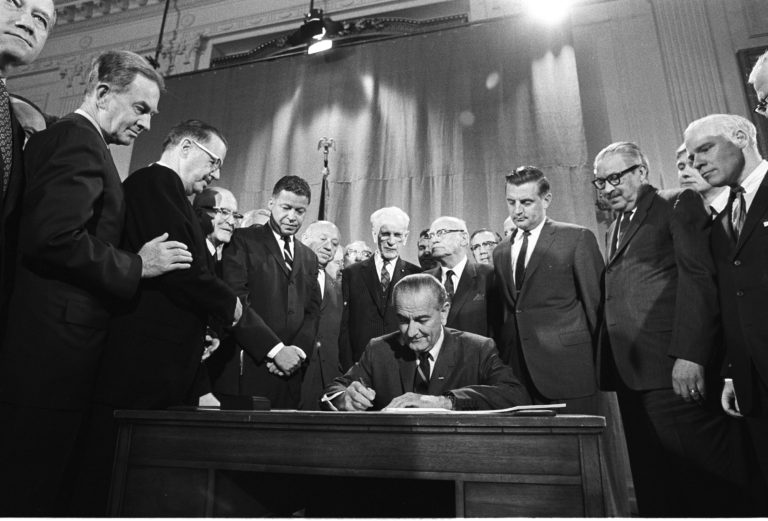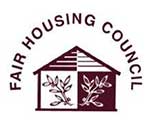The Fair Housing Act

- Refuse to sell or rent a property to a person because of his/her membership in a protected class;
- Discriminate in the terms, conditions and/or privileges of sale or rental because of membership in a protected class;
- Discriminate in advertising, specifically to make, print, publish, or cause to be made, published or printed, any notice, statement or advertisement that indicates any preference, limitation, or discrimination because of membership in a protected class;
- Misrepresent the availability of housing because of a person’s membership in a protected class;
- Engage in blockbusting or steering. Blockbusting is designed to induce panic in a neighborhood by telling a homogeneous group in a community that others like them are leaving because a group of people representing a protected class are moving into the neighborhood and thereby changing or destroying the neighborhood and community. Steering occurs when housing providers direct renters or buyers to a certain neighborhood because of their protected class status;
- Refuse to accommodate people with disabilities by allowing them to make reasonable modifications to housing;
- Discriminate in making loans for real estate transactions including purchasing, constructing, improving, repairing and/or maintaining a dwelling; and
- To coerce, intimidate, threaten, or interfere with any person in the exercise or enjoyment of a fair housing right or any person who has aided or encouraged any other person in the exercise or enjoyment of a fair housing right.
Recent Good Neighbor Articles
Some Fair Housing Council Success Stories
Emotional Support Animal In early 2024 the Council received a phone call from a client seeking help with a reasonable accommodation for their Emotional Support Assistance Animal. While the Client’s apartment complex allowed dogs, there was a weight restriction of 25...
Links for Covid-19 Resources
Covid & Fair Housing Covid+Fair Housing Digital Flyer FH COVID Attention Flyer FH+Covid Brochure Information from the State of NJ New Jersey COVID-19 Information Hub (nj.gov) Information from the Federal Government: Government Response to Coronavirus, COVID-19 |...
Sexual harassment in housing is Illegal!
Sexual Harassment in Housing is Illegal Sexual harassment by a landlord, maintenance worker, or anyone associated with your rental property is against the law. The Fair Housing Act protects you from sexual harassment, including: Someone repeatedly entering your...



